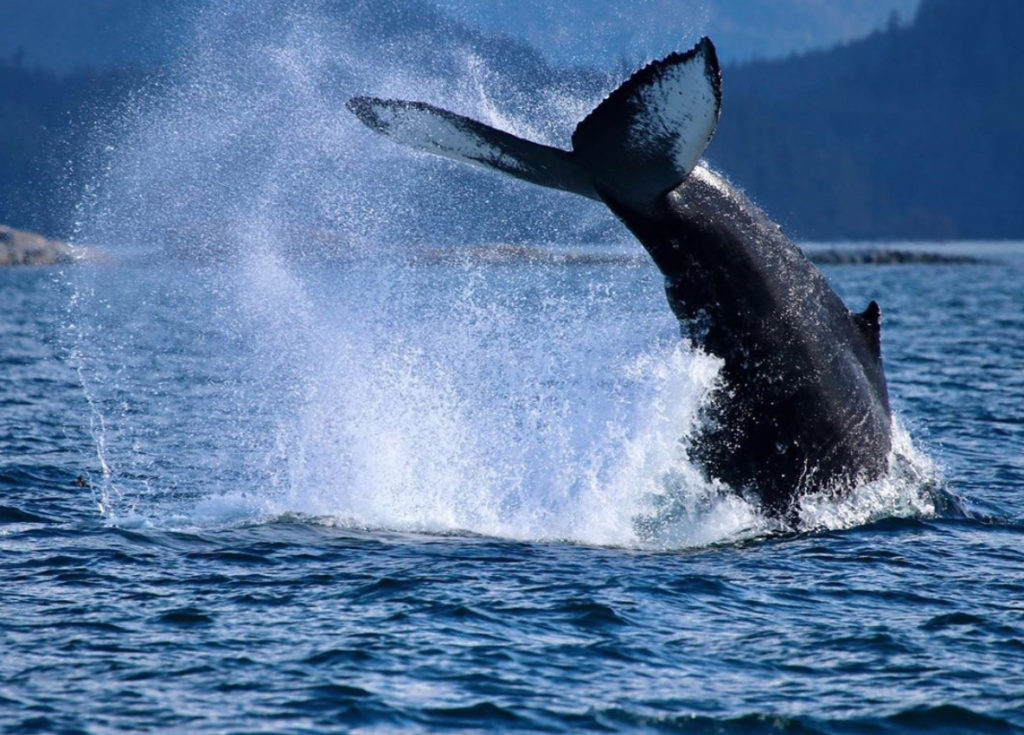By Dr. Rob Williams, Chief Scientist

Have you ever read the fine print on your retirement plan? There’s probably a footnote somewhere to warn you that past performance of mutual funds or stocks do not guarantee similar results in the future. Investing in biodiversity conservation needs a similar caveat.
Sometimes, protecting endangered species comes down to common sense. When we stopped killing whales—after the 1986 moratorium on commercial whaling—many populations of large baleen whales recovered quickly. Many populations of humpback or grey whales, for example, have been growing at 5-10% each year for decades. Some have done so well that they have been taken off endangered species lists in countries around the world.
But, there are exceptions to the rule. Hundreds of thousands of dolphins were killed accidentally in seine nets in tuna fisheries in the eastern tropical Pacific until public pressure forced industry to adopt dolphin-safe fishing practices. After the initial problem was solved, spotted and spinner dolphin populations have barely recovered.
The southern resident killer whale population was depleted by about 30% during live-capture fisheries for display in aquaria. Even though the live-captures stopped in 1977, the population has not recovered to historic levels. On the contrary, the population has declined from 98 to 73 individuals over the last two decades.
Our newest research on beluga in the St Lawrence Estuary showed that, even though beluga hunting stopped in the 1970s, the population is unlikely to recover to pre-exploitation levels in our lifetime, because the threats of contaminants, inadequate prey, noise, and climate change work together to hinder recovery.
What do these populations teach us? Complacency leads to extinction. Decimating whale and dolphin populations is easier than recovering them. We see this in our own health. You can fall out of a tree and break your arm in an instant, but healing takes time. With whales, we cannot count on populations bouncing back from harm. Each population is unique. Some may need us to slow ships down to make less noise. Others may need us to reroute ships to avoid striking and killing coastal whales. Others may need us to invest in ropeless gear for lobster and crab traps. Each action, on its own, seems trivial. But collectively, we can build the natural resilience of the population to buffer the next threat—climate change.
In 2022, we need your help to build our organization’s resilience, as we build resilience of wildlife populations in the Pacific Northwest and beyond. As the effects of climate change become too obvious to ignore, there has never been a more urgent time to invest in our efforts to keep important ocean habitats clean, quiet, and full of life. Thank you for supporting our conservation mission.

